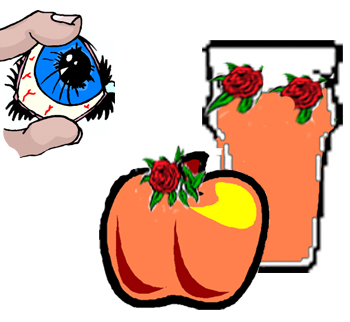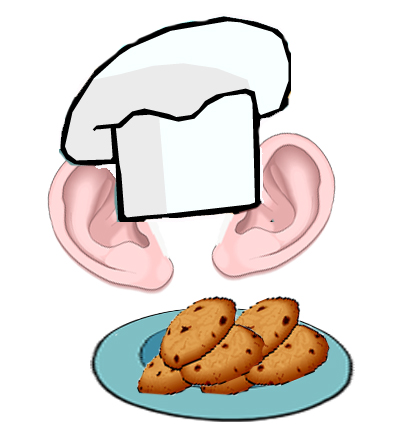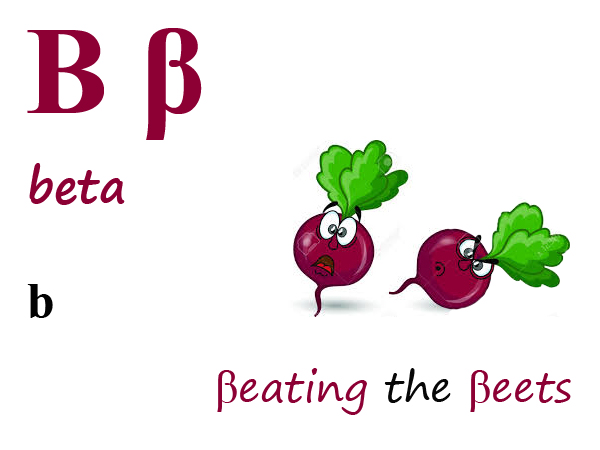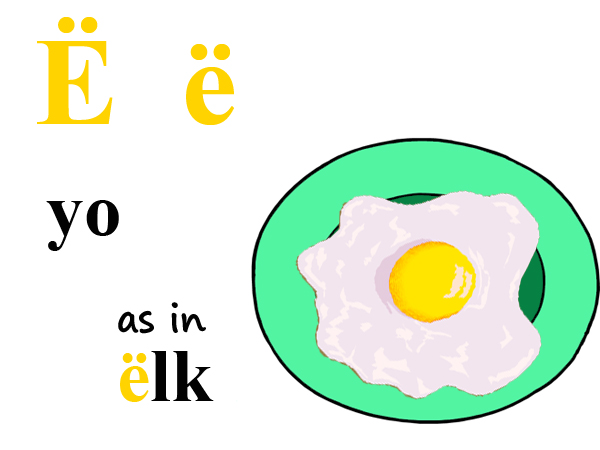What babies can teach us about effective information-seeking and management
Here’s an interesting study that’s just been reported: 72 seven- and eight-month-old infants watched video animations of familiar fun items being revealed from behind a set of colorful boxes (see the 3-minute YouTube video). What the researchers found is that the babies reliably lost interest when the video became too predictable – and also when the sequence of events became too unpredictable.
In other words, there’s a level of predictability/complexity that is “just right” (the researchers are calling this the ‘Goldilocks effect’) for learning.
Now it’s true that the way babies operate is not necessarily how we operate. But this finding is consistent with other research suggesting that adult learners find it easier to learn and pay attention to material that is at just the right level of complexity/difficulty.
The findings help explain why some experiments have found that infants reliably prefer familiar objects, while other experiments have found instead a preference for novel items. Because here’s the thing about the ‘right amount’ of surprise or complexity — it’s a function of the context.
And this is just as true for us adults as it is for them.
We live in a world that’s flooded with information and change. Clay Shirky says: “There’s no such thing as information overload — only filter failure.” Brian Solis re-works this as: “information overload is a symptom of our inability to focus on what’s truly important or relevant to who we are as individuals, professionals, and as human beings.”
I think this is simplistic. Maybe that’s just because I’m interested in too many things and they all tie together in different ways, and because I believe, deeply, in the need to cross boundaries. We need specialists, sure, because every subject now has too much information even for a specialist to master. But maybe that’s what computers are going to be for. More than anything else, we need people who can see outside their specialty.
Part of the problem as we get older, I think, is that we expect too much of ourselves. We expect too much of our memory, and we expect too much of our information-processing abilities. Babies know it. Children know it. You take what you can; each taking is a step; on the next step you will take some more. And eventually you will understand it all.
Perhaps it is around adolescence that we get the idea that this isn’t good enough. Taking bites is for children; a grown-up person should be able to read a text/hear a conversation/experience an event and absorb it all. Anything less is a failure. Anything less is a sign that you’re not as smart as others.
Young children drive their parents crazy wanting the same stories read over and over again, but while the stories may seem simple to us, that’s because we’ve forgotten how much we’ve learned. Probably they are learning something new each time (and quite possibly we could learn something from the repetitions too, if we weren’t convinced we already knew it all!).
We don’t talk about the information overload our babies and children suffer, and yet, surely, we should. Aren’t they overloaded with information? When you think about all they must learn … doesn’t that put our own situation in perspective?
You could say they are filtering out what they need, but I don’t think that’s accurate. Because they keep coming back to pick out more. What they’re doing is taking bites. They’re absorbing what they need in small, attainable bites. Eventually they will get through the entire meal (leaving to one side, perhaps, any bits that are gristly or unpalatable).
The researchers of the ‘Goldilocks’ study tell parents they don’t need to worry about providing this ‘just right’ environment for their baby. Just provide a reasonably stimulating environment. The baby will pick up what they need at the time, and ignore the rest.
I think we can learn from this approach. First of all, we need to cultivate an awareness of the complexity of an experience (I’m using this as an umbrella word encompassing everything from written texts to personal events), being aware that any experience must be considered in its context, and that what might appear (on present understanding) to be quite simple might become less so in the light of new knowledge. So the complexity of an event is not a fixed value, but one that reflects your relationship to it at that time. This suggests we need different information-management tools for different levels of complexity (e.g., tagging that enables you to easily pull out items that need repeated experiencing at appropriate occasions).
(Lucky) small children have an advantage (this is not the place to discuss the impact of ‘disadvantaged’ backgrounds) — the environment is set up to provide plenty of opportunities to re-experience the information they are absorbing in bites. We are not so fortunate. On the other hand, we have the huge advantage of having far more control over our environment. Babies may use instinct to control their information foraging; we must develop more deliberate skills.
We need to understand that we have different modes of information foraging. There is the wide-eyed, human-curious give-me-more mode — and I don’t think this is a mode to avoid. This wide, superficial mode is an essential part of what makes us human, and it can give us a breadth of understanding that can inform our deeper knowledge of specialist subjects. We may think of this as a recreational mode.
Other modes might include:
- Goal mode: I have a specific question I want answered
- Learning mode: I am looking for information that will help me build expertise in a specific topic
- Research mode: I have expertise in a topic and am looking for information in a specific part of that domain
- Synthesis mode: I have expertise in one topic and want information from other domains that would enrich my expertise and give me new perspectives
Perhaps you can think of more; I would love to hear other suggestions.
I think being consciously aware of what mode you are in, having specific information-seeking and information-management tools for each mode, and having the discipline to stay in the chosen mode, are what we need to navigate the information ocean successfully.
These are some first thoughts. I would welcome comments. This is a subject I would like to develop.









































